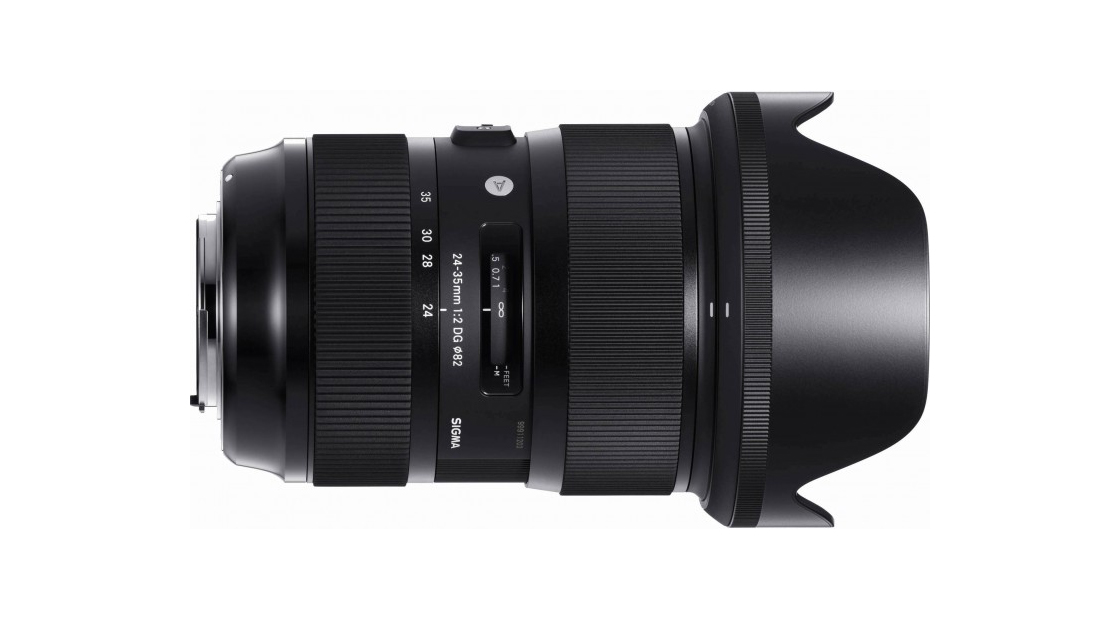

They began to target a more premium place in the market, and their new “Global Vision” was introduced. A few years ago Sigma awoke from their third party slumber and realized that they were capable of making better products than what they were currently building.

This works reasonably well in real-life situations although we have seen more precise implementations.Sigma continues to think outside the box with many of its newly released lenses, and the one I have in hand is one of the most notable examples of that creative thinking. The AF speed is good although it doesn't reach the levels of the Sony 24-70mm f/2.8GM. The Sigma 24-70mm f/2.8 DG DN ART uses a noiseless stepping motor for auto-focusing. Both the broad zoom ring as well as the smaller focus ring operate smoothly. On the downside, the lens extends towards the long end of the zoom range - although that's a fate shared by all lenses in this class. The front element also has a water- and oil-repellent coating. ART lenses are targeting professional photographers thus the design is both dust- and splash-proof. The lens body is made of a combination of metal and Sigma's own TSC (Thermally Stable Composite). We have always been a big fan of the mechanical quality of Sigma lenses ever since they introduced the ART/Sports series of lenses - and the Sigma 24-70mm f/2.8 DG DN ART is no exception. The Sigma is available for around 1100USD/EUR vs 2000USD/1800EUR for the Sony lens. One of the easy wins compared to the Sony FE 24-70mm f/2.8 GM is, of course, its price tag.

The lens is available both in Sony E and L-mount. Sigma wasn't OVERLY successful with their previous attempts so let's see whether there's progress in the mirrorless world. One of the latest contenders is the Sigma 24-70mm f/2.8 DG DN ART. However, that doesn't mean that they are trying. To date, we haven't reviewed a single lens of this type that was truly outstanding (on high megapixel cameras). Review by Klaus Schroiff, published November 2020įast standard zoom lenses are incredibly popular in the photographic community - yet the surrounding design challenges in this lens class are about as tough as they get.


 0 kommentar(er)
0 kommentar(er)
